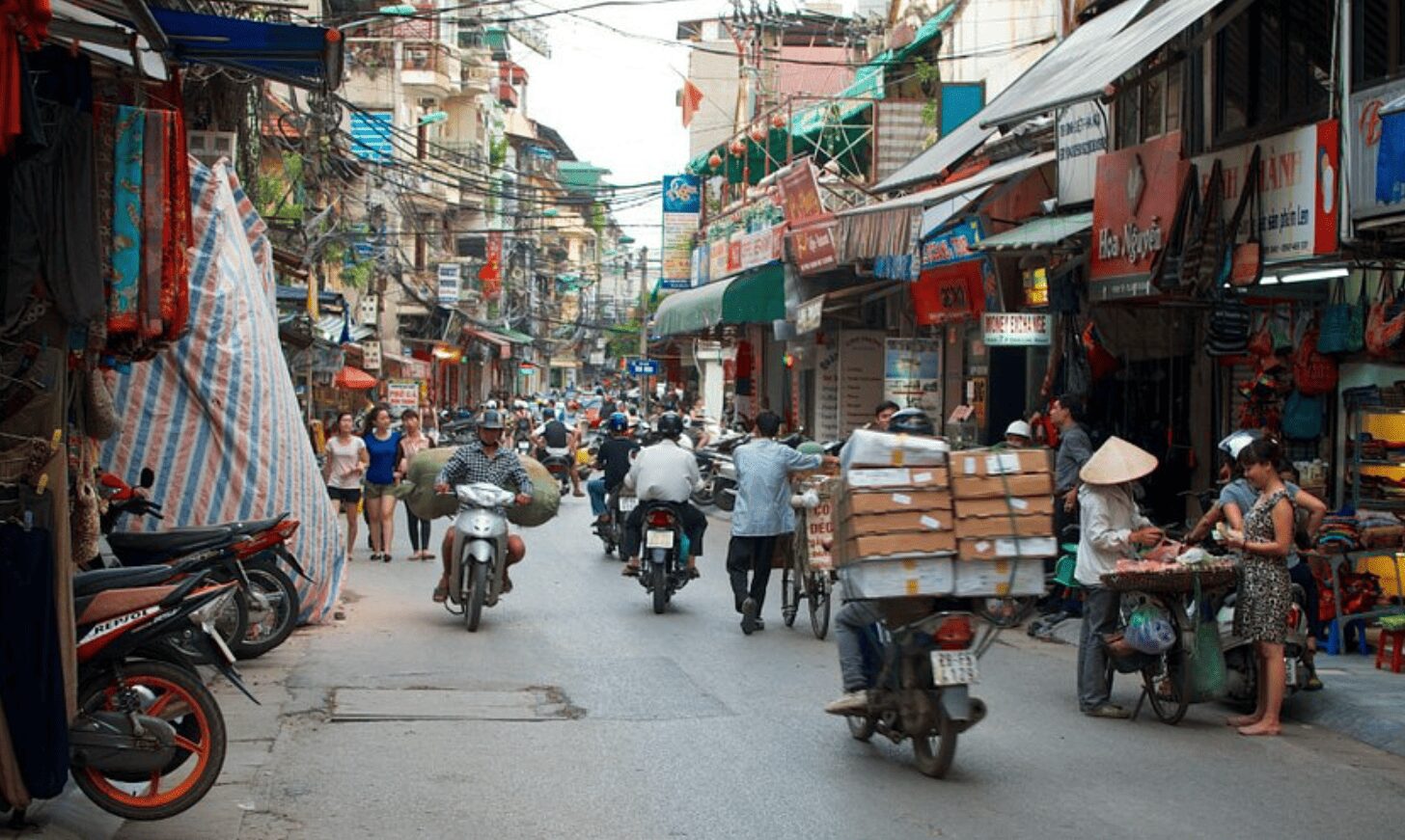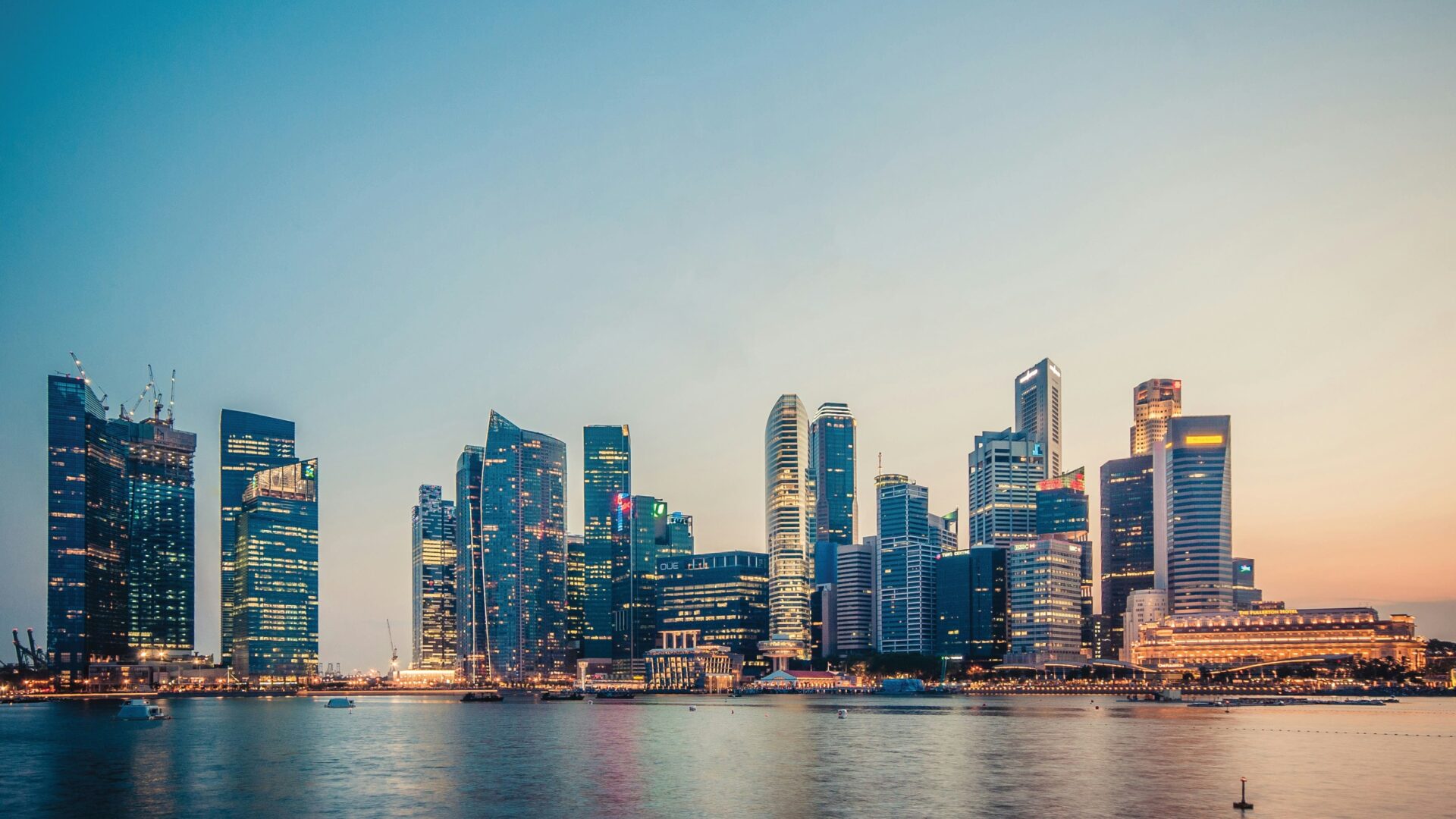The Mobility Revolution in Southeast Asia: The Rise of EV Taxis and Ride-Hailing Apps

Southeast Asia is experiencing rapid economic development, and with it, significant changes in transportation. Efficient and sustainable transportation infrastructure is crucial for regional growth, making the introduction of innovative transport solutions essential. This article provides an overview of transportation in Southeast Asia, focusing on Vietnam’s EV taxi “XANH SM” and ride-hailing apps like “Grab” and “Gojek”, while exploring the current landscape and future prospects.
目次
1. Current Transportation Situation in Southeast Asia
The transportation situation in Southeast Asia varies significantly across countries and cities. For instance, Singapore boasts an efficient public transport system, whereas cities like Bangkok and Jakarta suffer from severe traffic congestion. Rapid urbanization has outpaced infrastructure development in many areas, leading to daily issues such as insufficient public transport and congested roads.
In Bangkok, traffic congestion during rush hours severely impacts daily life. Similarly, in Jakarta, long commute times due to traffic jams hinder economic activities. These cities urgently need to promote public transport usage and improve infrastructure to alleviate these issues.
2.The Rise of Ride-Hailing Apps
Ride-hailing apps like “Grab” and “Gojek” have rapidly gained popularity in Southeast Asia, significantly enhancing transportation convenience.
- Grab: Headquartered in Singapore, Grab operates across Southeast Asia. Users can easily book cars or bikes via the app, with upfront fare estimates. Grab emphasizes safety and convenience, offering multilingual support and cashless payment options.
- Gojek: Originating in Indonesia, Gojek offers a wide range of services beyond ride-hailing, including food delivery, digital payments, and even beauty and health services. Gojek has a significant impact on the local economy, creating numerous jobs.
These ride-hailing apps help reduce traffic congestion and supplement inadequate public transport. Their widespread adoption has streamlined urban transportation, saving time and improving traffic flow.
3. Vietnam’s EV Taxi “XANH SM”
In Vietnam, the environmentally friendly EV taxi “XANH SM” is gaining attention. Using electric vehicles, XANH SM aims to reduce emissions and improve air quality in urban areas.
- Background and Introduction: To address the worsening air pollution caused by rapid economic growth, the Vietnamese government is promoting eco-friendly transportation solutions. XANH SM was introduced as part of this initiative and now operates in major cities.
- Environmental Impact and Benefits: The introduction of EV taxis is expected to significantly reduce CO2 emissions and improve air quality. Additionally, their quiet operation contributes to reducing urban noise pollution.
- Usage and User Feedback: XANH SM can be easily booked via a dedicated app, with transparent pricing. Users appreciate this eco-friendly option, giving it high ratings.
4. Future of Transportation and Sustainability
The introduction of sustainable transportation solutions is crucial in Southeast Asia. The adoption of EVs and the development of charging infrastructure are key to reducing environmental impact and enhancing urban sustainability.
- EV Adoption and Infrastructure Development: Governments and companies are collaborating to promote EV adoption and establish charging stations, which is expected to encourage EV usage and improve urban environments.
- Need for Sustainable Transportation: Solving urban transportation issues requires the adoption of environmentally friendly and sustainable solutions. Enhancing public transport alongside the use of ride-hailing apps and EVs will lead to sustainable urban development.
- Smart City Prospects in Southeast Asia: The concept of smart cities is being integrated into urban development, with the implementation of digital technology for traffic management systems.
5. Regional Transportation Initiatives
Various transportation initiatives are underway across Southeast Asia:
- Singapore’s Smart Transport System: Singapore has digitized its traffic management system, providing real-time traffic information and congestion management.
- Thailand’s Public Transport Expansion Plans: Thailand is expanding its public transport network in Bangkok, with new rail and bus routes planned.
- Indonesia’s Traffic Improvement Projects: Jakarta is undergoing infrastructure projects to alleviate traffic congestion, including new highways and public transport systems.
6. Conclusion
The transportation landscape in Southeast Asia is rapidly evolving. The introduction of ride-hailing apps and EV taxis provides efficient and sustainable transport solutions. These innovations help mitigate urban traffic issues and promote environmentally friendly mobility. As transportation infrastructure improvements and the adoption of sustainable solutions continue across Southeast Asia, the region is poised for significant advancements in urban mobility. Embrace these new transport solutions for a comfortable and eco-friendly travel experience.
(Photo by Unsplash.com)



